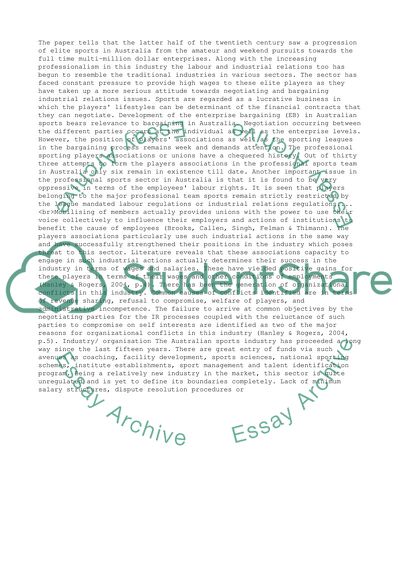Cite this document
(“Analysing the industrial relations pressure in an industry or Research Paper”, n.d.)
Retrieved from https://studentshare.org/management/1396729-analysing-the-industrial-relations-pressure-in-an-industry-or-organisation-in-australia
Retrieved from https://studentshare.org/management/1396729-analysing-the-industrial-relations-pressure-in-an-industry-or-organisation-in-australia
(Analysing the Industrial Relations Pressure in an Industry or Research Paper)
https://studentshare.org/management/1396729-analysing-the-industrial-relations-pressure-in-an-industry-or-organisation-in-australia.
https://studentshare.org/management/1396729-analysing-the-industrial-relations-pressure-in-an-industry-or-organisation-in-australia.
“Analysing the Industrial Relations Pressure in an Industry or Research Paper”, n.d. https://studentshare.org/management/1396729-analysing-the-industrial-relations-pressure-in-an-industry-or-organisation-in-australia.


